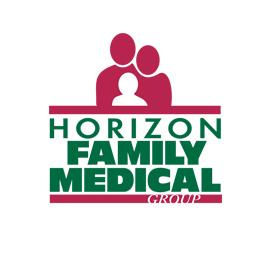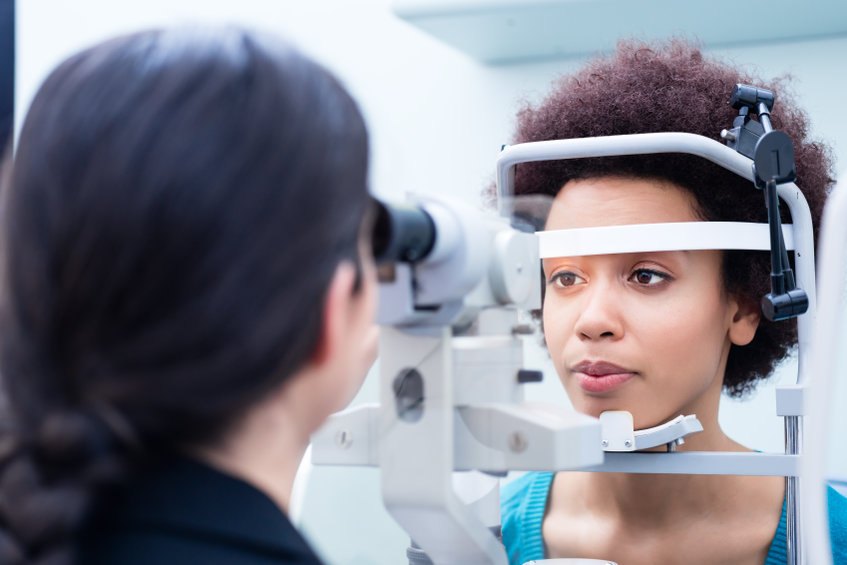January is Glaucoma awareness month. If you’ve been putting off your annual eye exam due to COVID, now is the time to see your ophthalmologist.
Glaucoma, a group of diseases that damage the optic nerve, is the second leading cause of blindness worldwide and 3 million Americans are living with the disease. There are often no early symptoms of glaucoma, meaning 50% of people don’t know they have it. Without early symptoms, many people have at least some vision loss before they get diagnosed.
Glaucoma can affect anyone but certain groups of people are at a higher risk:
- African Americans over 40.
- All people over 60.
- People with a family history of glaucoma.
- People living with diabetes.
In the U.S., glaucoma is three to four times more common in African Americans and is 15 times more likely to cause blindness in African Americans than in Caucasians. The disease is the leading cause of blindness for African Americans and Hispanics in the U.S.
While there is no cure for Glaucoma, early detection can help preserve your vision and prevent future vision loss. The CDC recommends people in a high-risk group get a comprehensive dilated eye exam each year. People without risk factors are encouraged to get a dilated eye exam by age 40 and then follow the recommendations of your eye care specialist after that.
There are steps you can take to help prevent vision loss from glaucoma, including talking to family members about their vision health and finding out if glaucoma runs in your family, maintaining a healthy weight, controlling blood pressure, being physically active, and avoiding or quitting smoking.

